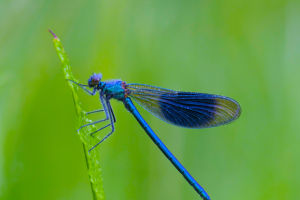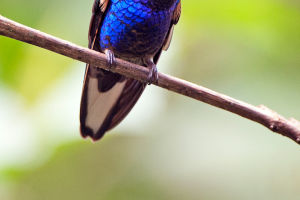Parrots are birds of the order Psittaciformes, which includes more than 350 species. They are known for their brightly colored plumage, intelligence, and ability to mimic sounds and language.
Parrots are found in tropical and subtropical regions around the world, including South and Central America, Africa, Australia, and Asia.
Some of the most popular parrot species to keep as pets include African gray parrots, Amazon parrots, Cockatiels, Cockatoos, Conures, Macaws, and Parakeets.
In the wild, parrots eat a variety of foods, including fruits, seeds, nuts, and insects. In captivity, they should eat a nutrient-dense diet that includes a variety of fresh fruits and vegetables.
Parrots are social animals and require interaction and attention from their owners. If they don't get enough mental and physical stimulation, they may develop behavioral problems.
Parrots can live for many years, with some species living up to 80 years or more. Parrots are capable of learning a variety of behaviors and tricks, and they can also be trained to perform basic obedience commands.
Parrots can express their emotions by shaking their heads, such as shaking their heads to express dissatisfaction or nodding to express agreement. Parrots have amazing memories, remembering hundreds of words and phrases and understanding what they represent.
Parrots can sense temperature and touch through their beaks. They also can express their emotions by flapping their tails and wings when they are excited or threatened.
Parrots need regular veterinary care, including annual checkups and vaccinations, to maintain their health and well-being. They are susceptible to a variety of health problems, including nutritional deficiencies, infections, and respiratory problems.
If it were you, would you like to raise a parrot? So how should you choose a parrot?
1. Variety selection.
There are many types of parrots, some are more expensive, some are cheaper, and we have to buy according to our own needs.
2. Health problems.
A good parrot's eyes will be brighter and free from eye mucus and tear marks. If the parrot has it, it means that there is a problem with the parrot's health.
Healthy parrots have very bright feathers that give off a healthy feather sheen. If the parrot is not healthy, the feathers will be sparse and not bright.
3. Claws are critical.
When buying a parrot, pay attention to the fact that the parrot's claws are strong and the scales around them are close together without any blemishes, which means that the parrot is growing healthier and its body should be more and more fashionable.
4. Feathers.
The beauty of parrots mainly comes from the feathers of parrots. When we distinguish the feathers of young parrots, we can see whether the surrounding feathers are thicker.
5. Mobility.
Healthy parrots are more active. When buying a parrot, we can tease the parrot with our hands. If the parrot responds lively, it means that the parrot you choose is healthier.


